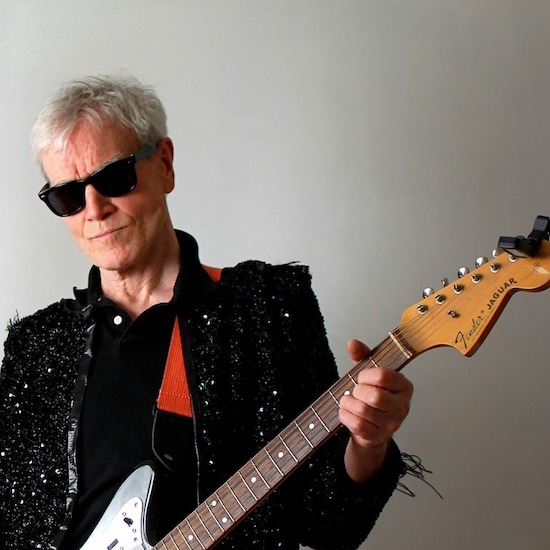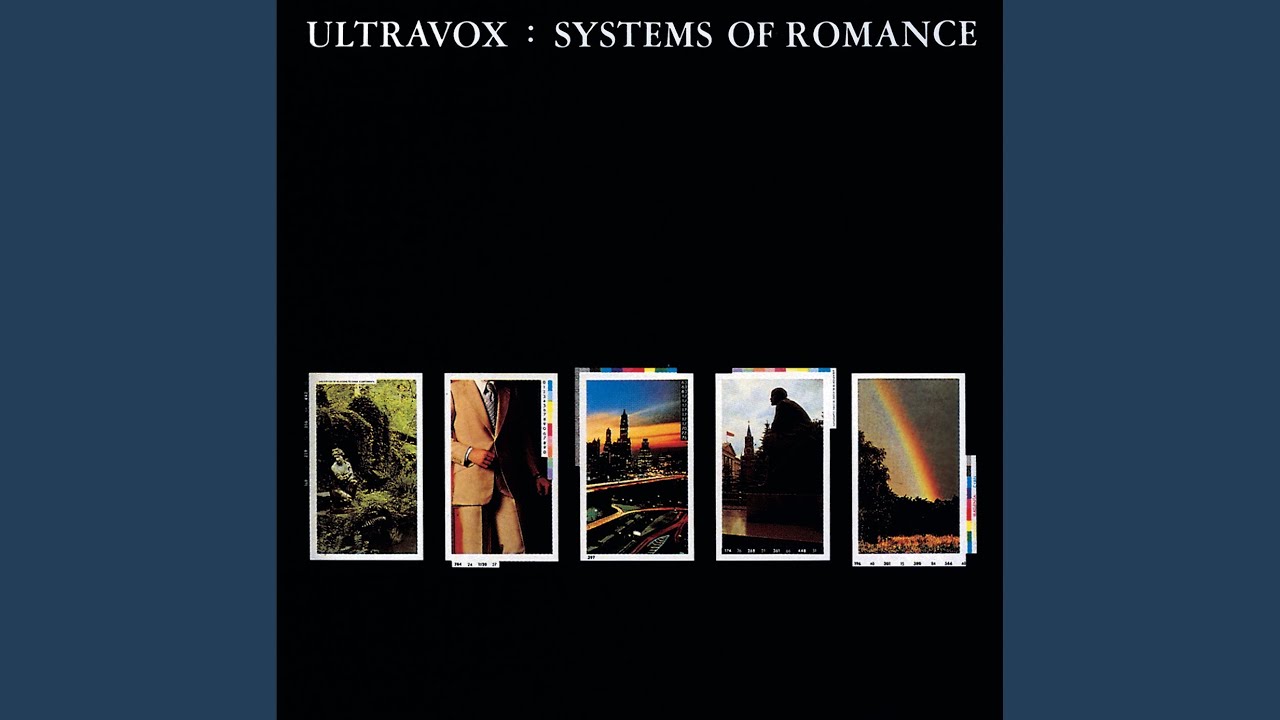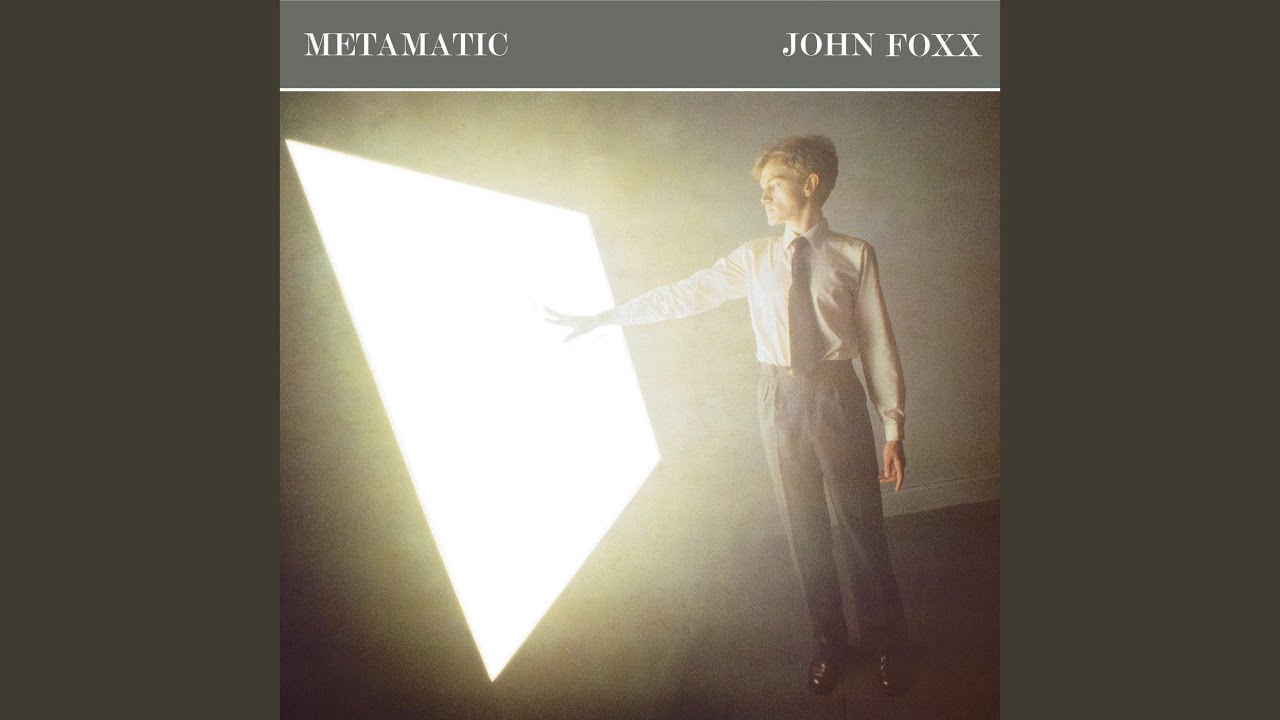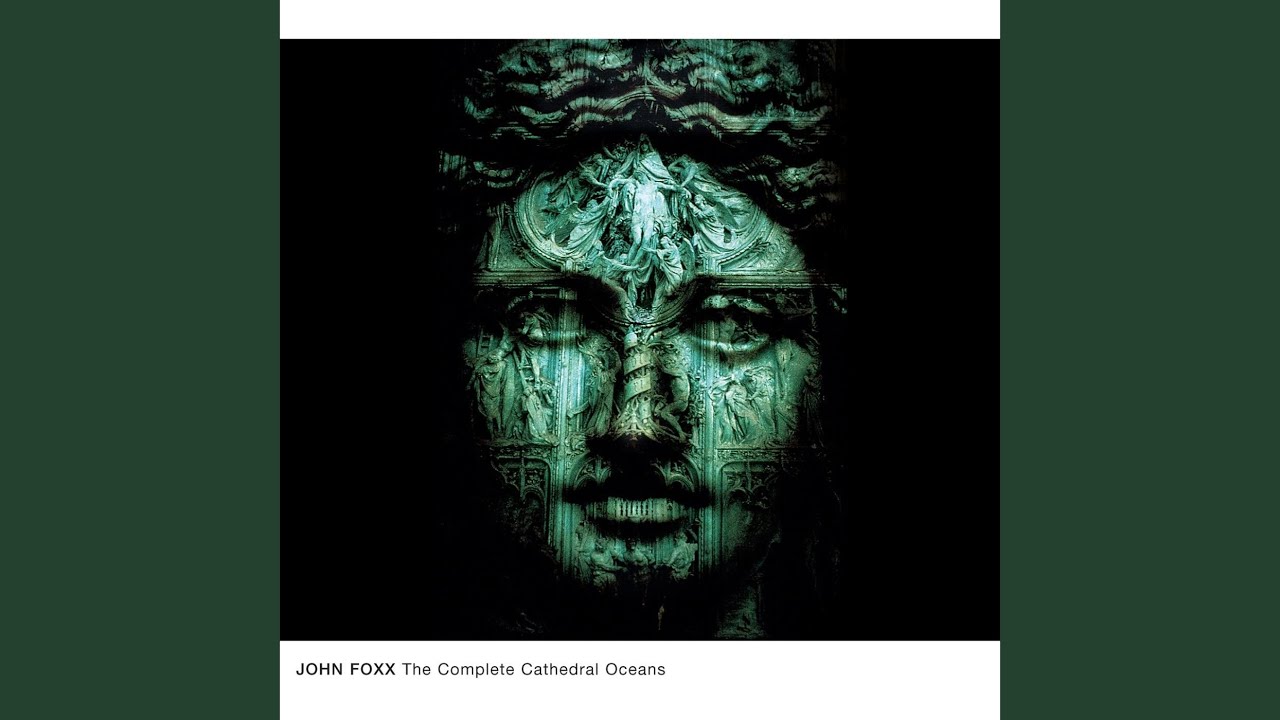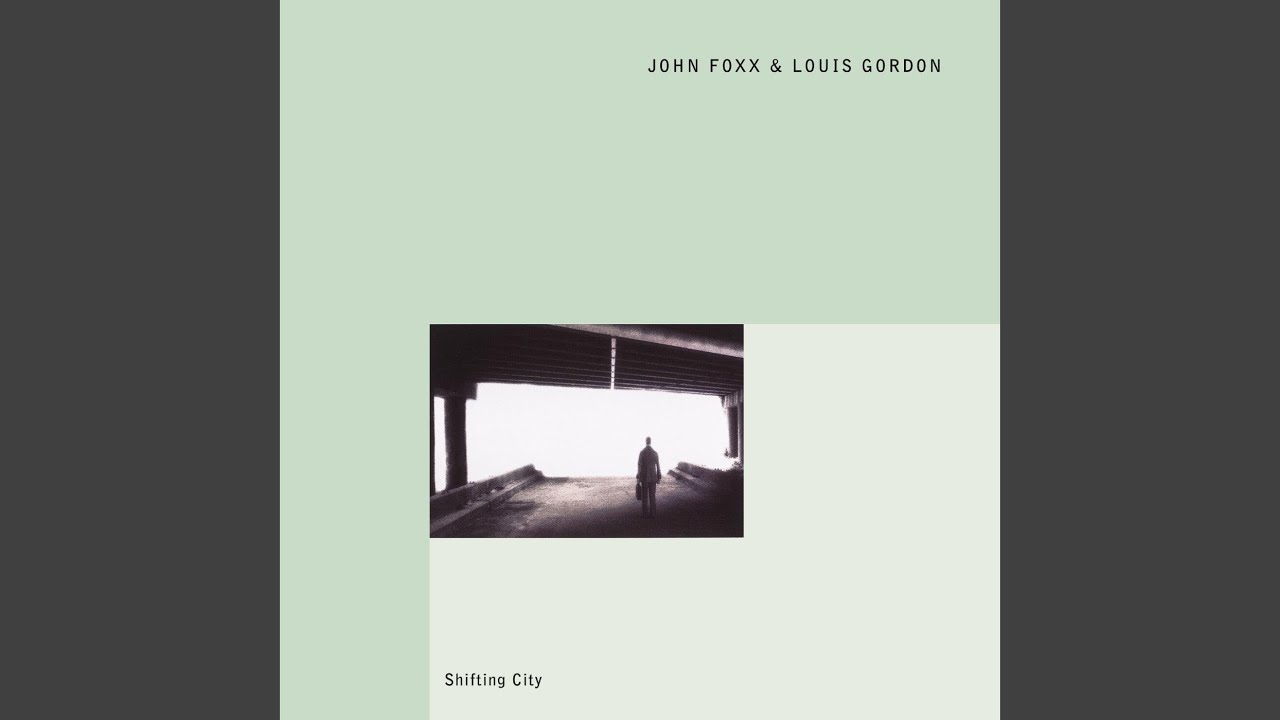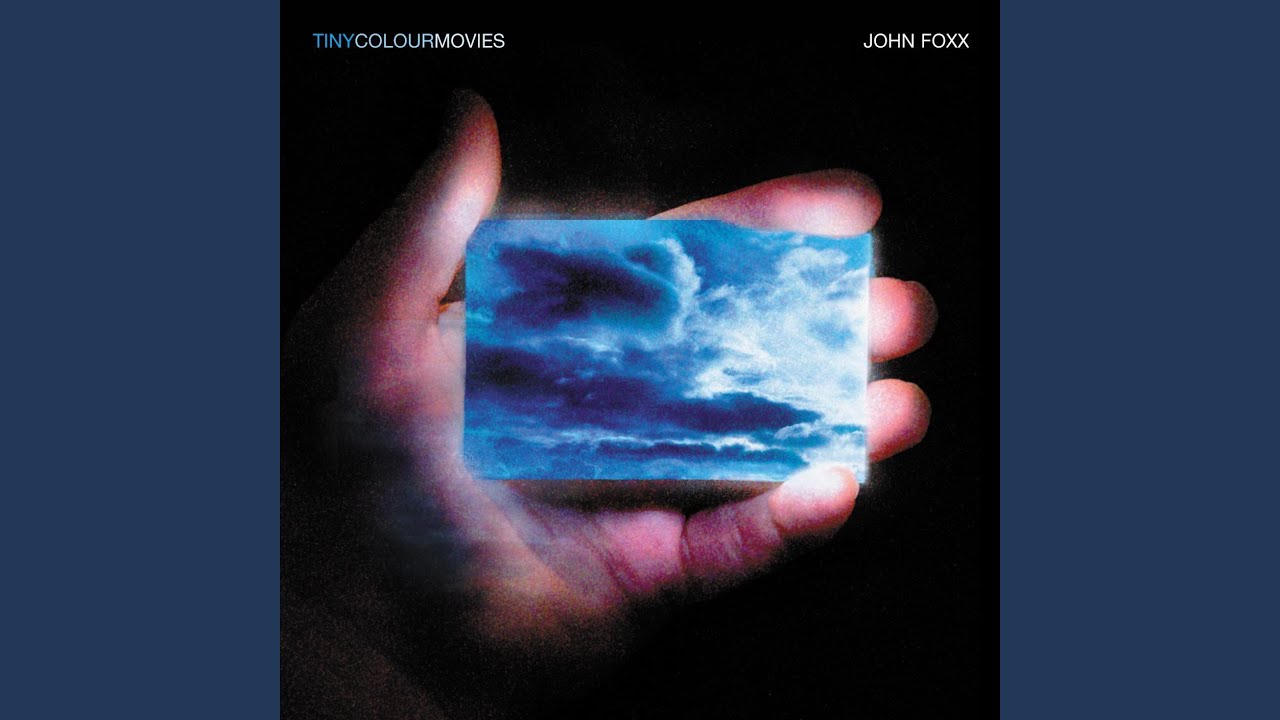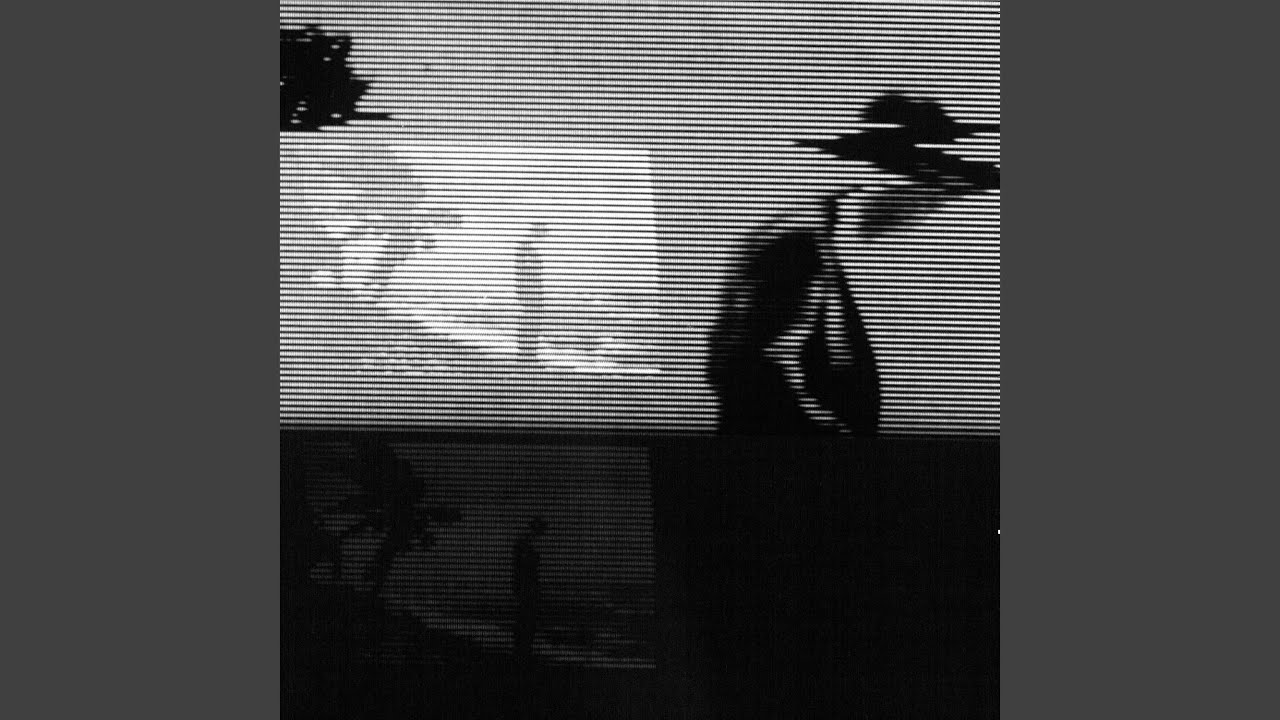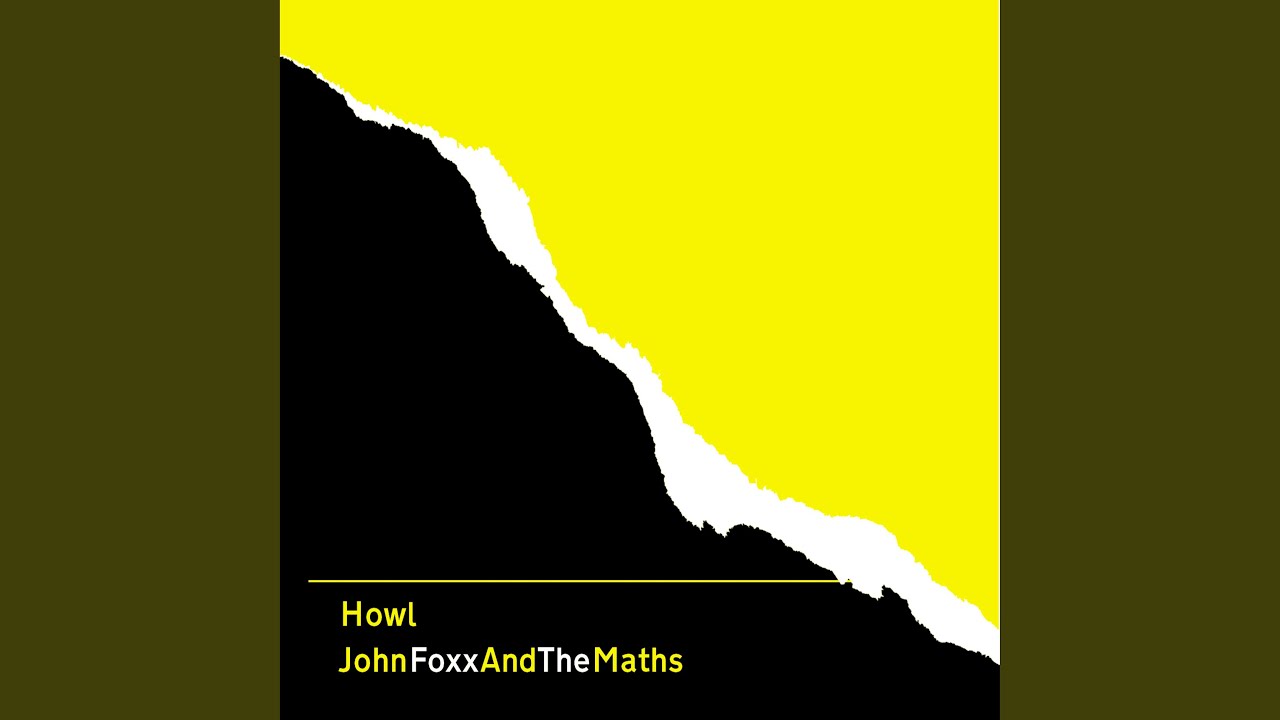In a career spanning over 45 years, time and again John Foxx has invented, reinvented and repurposed himself across many frontiers including punk, electronica, ambient and acid house as well as many musics unique to his own design. In the 1970s with Ultravox he created a perfect storm between the aggression of punk, the spectrum of English psychedelia and the promise of primitive synthesizers.
Going solo, Foxx moved through a suite of moods and musics in the 1980s with the ‘Blackpool Neon Tango’ of Metamatic (1980), the ‘organic chemistry’ of The Garden (1981), the ‘sampler and a sunset’ of The Golden Section (1983) and the ‘getting lost’ of In Mysterious Ways (1985) before getting ‘blissfully lost’ in Europe and focusing on his passion for graphic design.
He re-emerged in the mid-90s and since then has been exploring various avenues with collaborators who include Louis Gordon, Harold Budd, Ruben Garcia, Robin Guthrie, Hannah Peel, Gazelle Twin and David Lynch.
Foxx’s latest project is John Foxx and The Maths, a collective centered around Foxx and the analogue synth wizardry of Ben Edwards, aka Benge (Wrangler, Creep Show). Howl is the fifth album from the new line-up of The Maths featuring Hannah Peel and reconnecting with former Ultravox guitarist Robin Simon.
Ultravox – ‘I Can’t Stay Long’ from Systems Of Romance (1978)
It wouldn’t be until the 1978 tour by Ultravox of the US that the strain between various members reached breaking point, but there’s a very telling lyric: "I can’t stay long, when the right time comes – I’ll resign." This was your biggest adventure in music yet at Conny Plank’s studio in Cologne whilst [Holger Czukay’s] Movies and [Brian Eno’s] Music for Airports were also causing waves around you. Were you consciously aware at that moment in the studio that change was in the offing even during such a creative period?
John Foxx: I’d actually written ‘I Can’t Stay Long’ at the same time as ‘Hiroshima Mon Amour’, in 1977. I decided to leave the band during rehearsals for Systems in London, before we went to Germany to record. The line went in the song at that point.
The strain in the band was entirely down to me wanting to be free of it. The entire final US tour became difficult in that respect. I didn’t dislike the band at all – but all the touring and travelling burnt me out. The serious psychic drain of performing every night reduced me to a numb ghost. Coupled with all that irretrievable time you’d lose sitting in some form of transport. It had all become unbearable.
At the same time there was an entirely new development – drum machines, small synths and just affordable eight-track studios -even home studios – that could give you excellent recordings. Recording ‘Hiroshima Mon Amour’ with just the drum machine in 1977 had illustrated to me that this was the way to go – toward a new, wildly fertile, unexplored territory. One man and machinery. A kind of domestic psychic laboratory. Irresistible.
The only regret was Robin. He turns a song inside out and gives it back better. Originality, power and finesse. Always knew we had to work together properly again, so I’m chuffed it finally happened.
‘Touch and Go’ from Metamatic (1980)
‘Blurred Girl’, with its underwater rhythm and film-noir atmospheres, sounds like one of the earliest recordings on Metamatic, whereas the wide vista of ‘Touch and Go’ sounds like a much later song, as if an evolution of sorts has occurred between the two, leading from underwater to the wide vista of the blue hill skyline. There’s a wonderful handmade minimalism and hand spun sequencing on ‘Touch and Go’.
JF: Well, you’re quite right – ‘Blurred Girl’ was the first track Gareth Jones and I recorded together, and ‘Touch and Go’ was the last track we recorded for Metamatic. Triggered by that disconnected, dreamlike state you get into travelling through all those cities: “We stepped out in the shatterlight.”
You’re also quite right about the education – by the time we’d got to this last track, Gareth and I were happily confident about recording. We were having fun.
That primitive handmade sequencing does lend a special feel to songs – I remember talking to Stephin Merritt (Magnetic Fields) about this when we met up in New York. He said he really preferred tracks from that period, before auto-correction became ubiquitous. He felt the whole feel of music shifted after that, and he’s certainly got a point.
Even the old drum machines wander off-time. Tape hisses, stretches and moves slightly. Synths detune as you’re playing them. Everything gathers a sort of pleasurable imperfection. I enjoy all that wonk and grit. That’s why I still like Metamatic – it’s a crackly old European blues record. Preston Electron Polka. John Lee Hooker conceived in Paris and grown up in Chorley. If you analyse it technically, the sounds are all beautifully imperfect. That’s what gives them their character.
‘Europe After The Rain’ from The Garden (1981)
In reconnecting with Robin Simon and using guitars and occasionally drums, you’ve returned to the colour of The Garden – are there any plans to paint with that palette again?
JF: Well, you can never get into the same river – or garden – twice. I was dreaming about the state of England at the time. Leaving Eden, and not being able to get back in. Big rusty lock on the gates, all overgrown.
As well as Robin, we had a couple of other great musicians in Duncan Bridgeman and Jo Dworniak [of 1980s R&B outfit I-Level]. Then there was Gareth – at this point he’d become a fully confident artist in his own right. With all that, you get a welter of energy and ideas, the interplay goes exponential and everything you record works out beautifully, a truly great experience, but it’s another time that’s passed forever.
‘Avenham Colonnade’ from Cathedral Oceans (circa 1987, released 1997)
You played Cathedral Oceans material in ‘various buildings, gardens and cathedrals in England and Rome’ in 1987. However, you were also visiting James Pinker [Dead Can Dance, SPK] in Vauxhall and soaking up the embryonic sound of Acid House. It would only be a few years before there was a serious revival of ambient music and I just wondered how it must have felt – listening to the new sounds coming from Chicago and Detroit and recognising that minimal sound from your own work.
JF: It seemed really pivotal – realising that good things only go away temporarily, and they inevitably get recognised by new generations. Such a boost, and essential at that point, because I was getting used to seeing my albums looking back at me from charity shop windows.
As well as hard electronics, I felt a great need for a new sort of music – tranquil contemplative, reflective. Something without the lapel-grabbing tropes of rock – a luminous and spacious music we can inhabit, to access that slow joy of existence again. Some edges of ‘Classical’ music can provide this, but there wasn’t enough and what there is has been cluttered with other intentions and associations. Anyhow, it all belongs to another era. I wanted to hear a new music capable of addressing this. I also felt popular music had taken a huge leap ahead by evolving the recording studio. ‘Classical music’ has been left far behind, in that respect.
Recording is a strange, mystical process, capable of creating intricate perspective shifts and textures impossible to originate elsewhere. ‘Classical’ composers seem mostly unaware of this resource. They still seem to be aiming at orchestras, when the chance of one actually performing their work is pretty well nil.
A studio provides a so-far unrealised potential for a modern composer. But they must first get down to understanding the vast complexity of that potential, as well as music.
I still often detect a certain assumption of something improper in manipulating sound – a purist dismissal – unthinking, really. Perhaps it’s an unfortunate arrogance that prevents many of them from seeing how fertile it all is. Or simply a sort of self- protection.
Does ‘Avenham Colonnade’ trigger personal recollections for you, from your time in Preston and its specific reference in ‘The Quiet Man’?
JF: Oh yes – Avenham was where I looked out from the steps of the old art school building and first glimpsed the future as a sunlit landscape, full of potential and adventure. It’s what a young lad feels at a certain time in life (beautifully laid out, for instance, in Laurie Lee’s book As I Walked Out One Midsummer Morning). Mine was the urban version. It’s also the place where I first fell in love, saw ghosts, made great friends and heard Satie played on the old lecture theatre piano. All unforgettable experiences that altered my little life completely.
Nation 12 – ‘Into the Wonderful’ from Electrofear (recorded 1991, released 2005)

Hardcore drum and bass single ‘Into The Wonderful’ referenced a very British strain of psychedelia while still sounding contemporary for 1991. In creating music for games, a career as a graphic designer for the Vintage imprint and Nation 12 – it strikes me that this was also a fertile period for you creatively.
JF: That was another distinct era – a time when everything was changing for the better – all that dumb, mid-eighties pop crap usurped by magical squelchy stuff coming out of Detroit. Great fun.
Tim and Kerry [Hopwood – engineer, programmer for Bomb The Bass and Depeche Mode] and the others had a marvellous energy. We were all fascinated by the possibilities of electronic dance music as a kind of abstract hieroglyphic language, and I was busy trying to inject Brit psychedelia into it (this just was before The Chemical Brothers and others). It seemed so obvious that period of analogue electro-dance was a psychedelic happening in waiting. As for the Graphic Art – it felt good to put John Foxx in the fridge for a bit, and do something else. After a while though, I realised that I really liked doing music best. Defrost.
John Foxx And Louis Gordon – ‘Here We Go’ from Shifting City (1997)
There’s a continuation of themes first touched on in Metamatic, but warmer here and your memory and reflection of that British psychedelia is more apparent. It’s also recorded in Ancoats and with a new accomplice, Louis Gordon. I get the feeling none of this was studied to be arrived at, you and Louis just found your way there.
JF: Oh yes – I wandered in there quite by accident, as usual.
Louis was a knockout – I saw him play for hours one night at a party in an old mansion squat in Shropshire, (thanks to an old friend Chris Wroe, who insisted I go along to see him). He’d got the lot down – rock, dance beats, electronics and psychedelia, and he simply had fun with it all. I knew we could work together- and it all went well from the first session, back in Manchester.
We had very similar likes and influences, so developed this completely non-verbal communication – understood each other’s intentions from a single sound. This enabled quick work with little revision.
How was it returning to Manchester in the mid-90s?
JF: Mucky old Manchester was buzzing – so good to see the confidence and excitement after years of zero when I’d left there, pre-Punk, to get to London. All down to Tony Wilson, who reinvented the city in the public mind, allowing everyone in Manchester to reinvent themselves as well.
Louis was a proper tearaway, right in among it all and revelling in the madness. We were working in abandoned factories in Ancoats, rain cascading down the walls. It was music from the ruins. Kids were having fun setting the buildings on fire across a canal full of stolen cars behind the studio. It all seemed like some poetic, slow-motion apocalypse. There was a strange sort of beauty in it all. An old, industrial world being replaced – and this was the frontier.
Eventually, we set up properly in Sankeys, where Factory Records had a room nearby. Our bit had huge, rusty iron doors. You needed them. We had a good couple of years working there and made some good tracks.
‘Lost New York’ from Tiny Colour Movies (2006)
Foxx claimed to have attended screenings of short films belonging to a private film collection from a variety of sources including surveillance agencies and Hollywood cutting room floors. However, there is a theory that Foxx is responsible for everything and that the collector – Arnold Weizcs-Bryant – and the film-makers do not exist. Fox himself said: "I want to use these films as a way of telling stories. And being dishonest."
JF: I firmly believe in the art of collage – where you reassemble bits of everything to make something new. Problem is, this relies completely on the emotional charge of the material you use – it’s only possible with stuff that already has some connective voltage. As well as being part of some company’s movie, you’re dealing with public dreams – everyone’s dream grammar. I believe we all own it because it’s living and recombining inside us.
I’d long realised film was about to undergo the same sort of sampling storm that music had undergone – but the legal precedent wasn’t there yet. One had evolved to deal with music, but this hadn’t yet been adopted to deal with film sampling. We were first off the block, so felt very vulnerable.
I know The New York Trilogy is a favourite of yours, and there’s overtones of the Auster character David Zimmer obsessing about the lost silent films of Hector Mann in Book of Illusions. About Tiny Colour Movies. Is Auster ‘in there’ somewhere?
JF: Well, I’d read Auster’s book but already planned Tiny Colour Movies. He’s an author that scares me occasionally. There were a couple of coincidences between elements of The Quiet Man and The New York Trilogy that I found a little alarming. I’d written The Quiet Man some years before Auster’s New York Trilogy, but it was still unpublished (except for a couple of French and German magazine publications of sections of it in the late 1970s to early 80s) so I felt a bit vulnerable.
Luckily, the similarities turned out to be not too close. But this served to alert me to the fact that other artists inevitably have similar experiences and may well use them in the same way. Exactly as happened at the beginnings of electronic music in England, where several groups of people were making similar sorts of music for similar reasons, while remaining completely unknown to each other.
A few coincidences also occurred with other authors, a little later. It all had a positive effect in the end though, because it alerted me to the fact that I ought to get the damn book out before all the themes were made redundant by other people.
John Foxx And Harold Budd – ‘Now That I’ve Forgotten You’ from Nighthawks (2011)
You’ve worked alongside Ruben Garcia and Harold Budd to create some beautiful works, especially with Nighthawks about NYC with characters lost to the rain and snow.
JF: The pieces that Harold and Ruben came up with initially sounded rather more urban than usual – I kept on getting a picture of a solitary person walking in a city. Previously, there’d been some discussion with Harold of a modern sort of film noir music and that might well have seeped in. I’d also liked Ruben’s recording on ‘Room Full Of Easels’ where he’d recorded his piano with the wind whistling through his house, in winter.
Coincidentally, I’d just got back from New York where I’d been taking lots of photographs. One night I got caught in an icy downpour and ran to a great Italian restaurant nearby. It felt like heaven after almost freezing on the streets. That sensation set a context for the music.
The next night I saw the snow swirling around skyscrapers from the windows of the Rainbow Room, a truly impressive and beautiful sight. When I got down into the street it was raining – the snow had melted on the way down. Next day, though, the city was frozen and snow was banked up. I took an early walk in Central Park as it was getting light. Everything seemed so magically quiet and still. I wrote ‘When The City Stops For Snow’ down in my notebook for a title. All this was fresh in mind when I got back and began to assemble the album. Many of these factors eventually played out in the music. A lot of coincidences really, but that‘s how themes get formed.
John Foxx & Steve D’Agostino – ‘Impenetrable Inevitable’ from Evidence Of Time Travel (2014)
A collaboration with Steve D’Agostino, multi-media artist John Karborn and Katia Isakoff, the founder of Women Produce Music. The title hints at a British take on Warhol’s Exploding Plastic Inevitable shows with The Velvet Underground.
JF: Part of the vision for The Maths was a sort of modern version of The Exploding Plastic Inevitable, so that bit of history is always present. We’ve all discussed recording live music in various giant buildings – for instance, with Elizabeth (Gazelle Twin) singing in a giant cooling tower that was due for demolition. All that hauntology work with Mark Fisher and Justin Barton at Bletchley and other locations also occupies a similar territory. I always liked that 60s idea of ‘A Happening’ – an event where audience location and music merge into some new form of life. We’ll get around to it.
John Foxx And The Maths – ‘Last Time I Saw You’ from Howl (2020)
The grit, the dirt, the distorted vocals, the reconnection with Robin Simon, the words concerning central London. It’s like a postcard version of ‘Jacob’s Room’ linking back to your former Ultravox self. There are references to Air-Force shoes and diamond mines hinting at a character with a British colonial past…
JF: There’s something like that in it. At the moment, there are many individuals in London holding an indecent amount of money. A few of these seem not too choosy how they make their profits. Accounts of where the money came from and the fallout from their operations can be deeply unpleasant, to say the least. Some people seem to lose their moral compass as they get rich. If you happened to know these people before and after, their transformation comes as quite a shock.
Howl by John Foxx And The Maths is out now on Metamatic Records

